Home>Maintenance & Safety>Safety Equipment & Products>Which Injury Prevention Measure For Poisoning Will Help Preserve Home Safety Recommendation
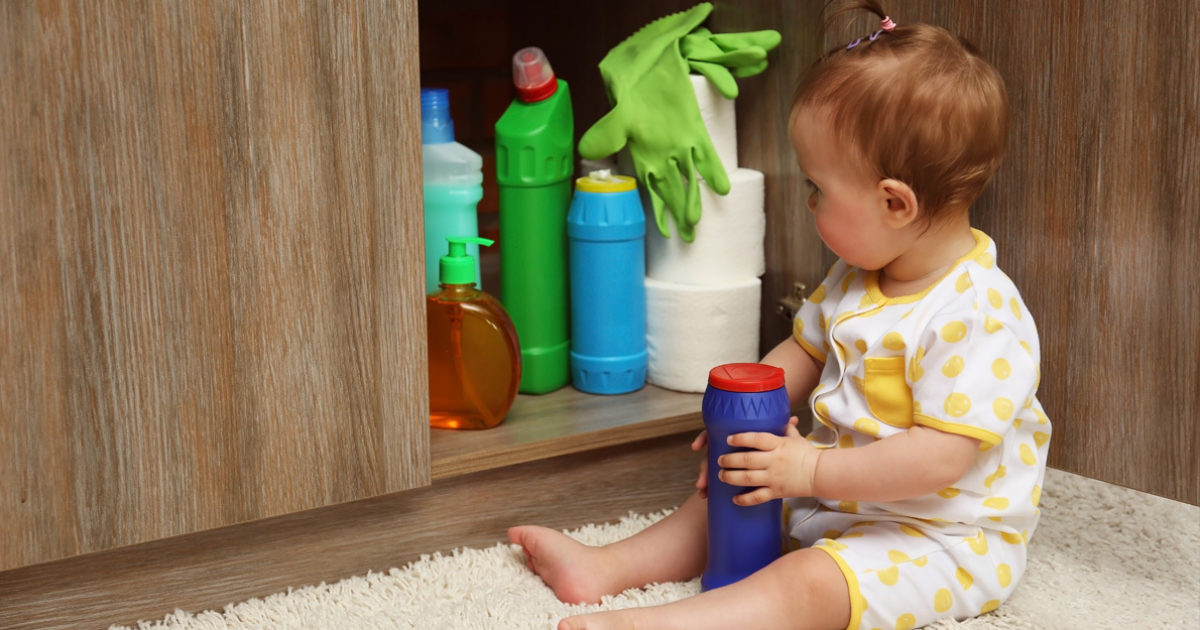

Safety Equipment & Products
Which Injury Prevention Measure For Poisoning Will Help Preserve Home Safety Recommendation
Published: December 21, 2023
Discover the best safety equipment and products for preventing poisoning and preserving home safety. Implement effective injury prevention measures today.
(Many of the links in this article redirect to a specific reviewed product. Your purchase of these products through affiliate links helps to generate commission for Storables.com, at no extra cost. Learn more)
Introduction
Ensuring the safety of our homes is a fundamental aspect of protecting our loved ones from harm. Among the myriad of potential hazards that can jeopardize home safety, poisoning injuries stand out as a significant concern. From accidental ingestion of household chemicals to improper storage of medications, the risk of poisoning can manifest in various forms and poses a serious threat to individuals of all ages.
In this comprehensive guide, we will delve into the realm of poisoning injuries, shedding light on common causes, current home safety recommendations, and effective injury prevention measures. By understanding the nuances of poisoning injuries and equipping ourselves with the knowledge to mitigate these risks, we can create a safer and more secure living environment for our families.
Join us as we embark on a journey to explore the intricacies of poisoning injury prevention, empowering ourselves with the tools and insights necessary to safeguard our homes and loved ones.
Key Takeaways:
- Safeguarding your home against poisoning requires secure storage, proper labeling, and education to reduce the risk of accidental exposure to toxic substances.
- Implement targeted injury prevention measures such as safe storage, plant safety, and carbon monoxide prevention to create a secure living environment and minimize the potential for poisoning incidents.
Understanding Poisoning Injuries
Poisoning injuries encompass a broad spectrum of incidents that result from the ingestion, inhalation, or contact with toxic substances. These substances can range from household chemicals and cleaning agents to medications, plants, and even certain foods. Understanding the nature of poisoning injuries is crucial in implementing effective preventive measures to mitigate the associated risks.
One of the defining characteristics of poisoning injuries is their potential to cause a wide array of symptoms, ranging from mild discomfort to severe illness or even fatality. The impact of poisoning can vary depending on factors such as the type and quantity of the toxic substance, the age and health of the individual, and the promptness of medical intervention.
Moreover, it’s important to recognize that poisoning injuries are not limited to accidental ingestion. Inhalation of toxic fumes, absorption through the skin, and contact with hazardous materials can also lead to poisoning. This multifaceted nature underscores the need for a comprehensive approach to preventing poisoning injuries in the home.
By gaining a deeper understanding of the diverse ways in which poisoning injuries can occur, we can better appreciate the importance of implementing proactive safety measures to minimize the risk of exposure to harmful substances. In the subsequent sections, we will explore the common causes of poisoning injuries and delve into the specific steps that can be taken to prevent such incidents from transpiring in our homes.
Common Causes of Poisoning Injuries
Poisoning injuries can stem from a wide range of sources within the home environment. Understanding the common causes of poisoning is essential for identifying potential risks and implementing targeted preventive measures.
1. Household Chemicals: Cleaning products, pesticides, and automotive fluids are among the most prevalent sources of poisoning in homes. Inadvertent ingestion or improper handling of these substances can lead to serious health consequences, particularly for young children and pets.
2. Medications: Accidental ingestion of prescription or over-the-counter medications is a significant cause of poisoning injuries, especially in households with young children or individuals with cognitive impairments. Inadequate storage and improper dosing can contribute to this risk.
3. Plants: Certain houseplants contain toxic compounds that can pose a threat if ingested. Common examples include lilies, oleander, and philodendron. Ensuring that potentially toxic plants are kept out of reach and educating family members about their potential hazards is crucial for preventing plant-related poisonings.
4. Cosmetics and Personal Care Products: Items such as makeup, lotions, and perfumes may contain substances that are harmful if ingested or applied inappropriately. Safely storing these products and educating children about their potential dangers is paramount.
5. Carbon Monoxide: This odorless, colorless gas can be emitted by malfunctioning fuel-burning appliances, posing a severe poisoning risk. Installing carbon monoxide detectors and ensuring proper ventilation and maintenance of gas-powered devices are vital preventive measures.
6. Food and Foodborne Toxins: Contaminated or improperly prepared food can lead to food poisoning, which manifests with symptoms such as nausea, vomiting, and diarrhea. Proper food handling, storage, and hygiene practices are essential for preventing food-related poisonings.
By recognizing these common sources of poisoning injuries, households can proactively address potential risks and implement targeted safety measures to minimize the likelihood of exposure to toxic substances. In the subsequent sections, we will explore current home safety recommendations and delve into specific injury prevention measures designed to safeguard against poisoning incidents in the home.
Current Home Safety Recommendations
Home safety recommendations serve as invaluable guidelines for minimizing the risk of poisoning injuries and creating a secure living environment for all occupants. These recommendations encompass a multifaceted approach that addresses various aspects of home safety, from storage and handling of hazardous substances to the installation of safety devices.
1. Secure Storage: Storing household chemicals, medications, and potentially toxic substances in locked cabinets or high shelves can prevent unauthorized access, particularly by young children or individuals with cognitive impairments. Childproof locks and latches can further enhance the security of storage areas.
2. Proper Labeling: Clearly labeling all containers of household chemicals, including cleaning products and pesticides, helps to prevent accidental ingestion or misuse. Additionally, ensuring that medications are clearly labeled with dosage instructions and expiration dates is essential for safe use.
3. Safe Disposal: Proper disposal of expired or unused medications, as well as hazardous household chemicals, reduces the risk of accidental exposure. Many communities offer medication take-back programs or hazardous waste disposal sites for this purpose.
4. Carbon Monoxide Detection: Installing carbon monoxide detectors in key areas of the home, particularly near sleeping areas, can provide early warning of potential carbon monoxide leaks from heating systems, gas appliances, or attached garages.
5. Child Education: Educating children about the potential dangers of household chemicals, medications, and other toxic substances empowers them to make safe choices and seek help if they encounter a potential poisoning hazard.
6. Safe Handling of Food and Beverages: Practicing proper food hygiene, avoiding cross-contamination, and storing food at appropriate temperatures are essential for preventing foodborne illnesses that can result in poisoning.
By adhering to these home safety recommendations, households can significantly reduce the likelihood of poisoning injuries and create a safer living environment for all occupants. However, it is essential to complement these general recommendations with targeted injury prevention measures that address specific poisoning risks within the home. In the following section, we will explore these measures in greater detail, equipping readers with actionable strategies for safeguarding against poisoning incidents.
Install childproof locks on cabinets and drawers where cleaning supplies and medications are stored to prevent accidental poisoning.
Injury Prevention Measures for Poisoning
Implementing targeted injury prevention measures is essential for mitigating the risk of poisoning incidents within the home. These measures encompass proactive strategies designed to address specific sources of poisoning and minimize the potential for exposure to toxic substances.
1. Safe Storage and Handling: Store household chemicals, including cleaning products and pesticides, in their original containers and in a secure location out of reach of children and pets. Consider installing cabinet locks or latches to further restrict access to these substances.
2. Medication Safety: Keep medications in their original packaging with child-resistant caps, and store them in a locked or high-up cabinet. Dispose of expired or unused medications promptly and properly to prevent accidental ingestion.
3. Plant Safety: Identify and remove toxic plants from the home, especially if young children or pets are present. Educate family members about the potential hazards of specific plants and ensure they are placed out of reach.
4. Carbon Monoxide Prevention: Schedule regular maintenance for fuel-burning appliances, such as furnaces and water heaters, and install carbon monoxide detectors in key areas of the home. Educate family members about the symptoms of carbon monoxide poisoning and the importance of promptly evacuating the premises if the alarm sounds.
5. Child-Proofing: Install safety latches on cabinets and drawers containing household chemicals, medications, and cleaning products. Additionally, use outlet covers and other child-proofing devices to minimize the risk of accidental exposure to electrical outlets and cords.
6. Education and Awareness: Educate family members about the potential dangers of poisoning and the importance of promptly seeking medical attention if exposure to a toxic substance occurs. Encourage open communication about safety practices within the home.
7. First Aid Training: Obtain basic first aid training to equip yourself with the knowledge and skills to respond effectively in the event of a poisoning incident. Prompt and appropriate first aid can make a critical difference in the outcome of a poisoning emergency.
By integrating these injury prevention measures into home safety practices, households can significantly reduce the risk of poisoning injuries and create a secure environment that promotes the well-being of all occupants. Furthermore, regularly reviewing and reinforcing these preventive strategies is essential for maintaining a consistent focus on home safety and minimizing the potential for poisoning incidents.
Read more: Which Plumbing Device Helps Prevent Backflow
Evaluating the Effectiveness of Injury Prevention Measures
Assessing the effectiveness of injury prevention measures is crucial for ensuring that home safety practices remain robust and responsive to potential poisoning risks. By evaluating the impact of implemented measures, households can identify areas for improvement and reinforce successful strategies, thereby enhancing the overall safety of the living environment.
1. Incident Tracking: Maintaining records of any potential poisoning incidents or near-misses can provide valuable insights into the effectiveness of preventive measures. Tracking incidents allows households to identify trends, assess the circumstances surrounding the events, and implement targeted interventions to address specific risks.
2. Feedback and Communication: Encouraging open communication among family members about home safety practices can yield valuable feedback on the practicality and efficacy of implemented measures. This dialogue enables households to adapt strategies based on real-world experiences and perspectives, fostering a collaborative approach to injury prevention.
3. Regular Reviews and Updates: Conducting periodic reviews of home safety practices, including storage, labeling, and handling of potentially toxic substances, allows households to identify any lapses or areas for improvement. Updating safety protocols in response to new information or changes in household dynamics is essential for maintaining a proactive stance against poisoning risks.
4. Training and Education: Assessing the effectiveness of educational efforts, such as teaching children about the dangers of poisoning and the proper response to potential hazards, can be achieved through ongoing dialogue and observation. Monitoring the retention and application of safety knowledge among family members provides valuable feedback for refining educational initiatives.
5. Emergency Response Preparedness: Regularly reviewing and practicing emergency response procedures for poisoning incidents, including accessing emergency services and administering first aid, ensures that household members are well-prepared to respond effectively in the event of an emergency. Conducting drills and simulations can help assess the readiness and efficacy of response protocols.
By actively evaluating the effectiveness of injury prevention measures, households can adapt and refine their safety practices to address evolving poisoning risks. This proactive approach fosters a culture of continuous improvement and vigilance, ultimately contributing to a safer and more secure home environment for all occupants.
Conclusion
As we conclude our exploration of poisoning injury prevention measures, it is evident that safeguarding our homes against potential hazards requires a multifaceted and proactive approach. By understanding the common causes of poisoning, adhering to current home safety recommendations, and implementing targeted injury prevention measures, households can significantly reduce the risk of poisoning incidents and create a secure living environment for all occupants.
Recognizing the diverse sources of poisoning, from household chemicals and medications to carbon monoxide and foodborne toxins, underscores the importance of comprehensive safety practices. Secure storage, proper labeling, safe disposal, and education are fundamental pillars of home safety that can effectively mitigate the risk of poisoning injuries.
Moreover, the ongoing evaluation of injury prevention measures is essential for maintaining the effectiveness of safety practices. By tracking incidents, fostering open communication, conducting regular reviews, and refining emergency response preparedness, households can adapt and reinforce their safety protocols to address evolving poisoning risks.
Ultimately, the commitment to home safety and injury prevention is a collective responsibility that requires the active participation of all household members. By instilling a culture of awareness, education, and proactive safety practices, families can create a resilient and secure living environment that prioritizes the well-being of everyone within the home.
As we navigate the complexities of modern living, let us remain steadfast in our dedication to home safety, continuously striving to enhance our preventive measures and promote a nurturing environment that is free from the threat of poisoning injuries. Together, we can cultivate a culture of safety and well-being within our homes, ensuring that our loved ones are protected from the potential harms of toxic substances.
Frequently Asked Questions about Which Injury Prevention Measure For Poisoning Will Help Preserve Home Safety Recommendation
Was this page helpful?
At Storables.com, we guarantee accurate and reliable information. Our content, validated by Expert Board Contributors, is crafted following stringent Editorial Policies. We're committed to providing you with well-researched, expert-backed insights for all your informational needs.


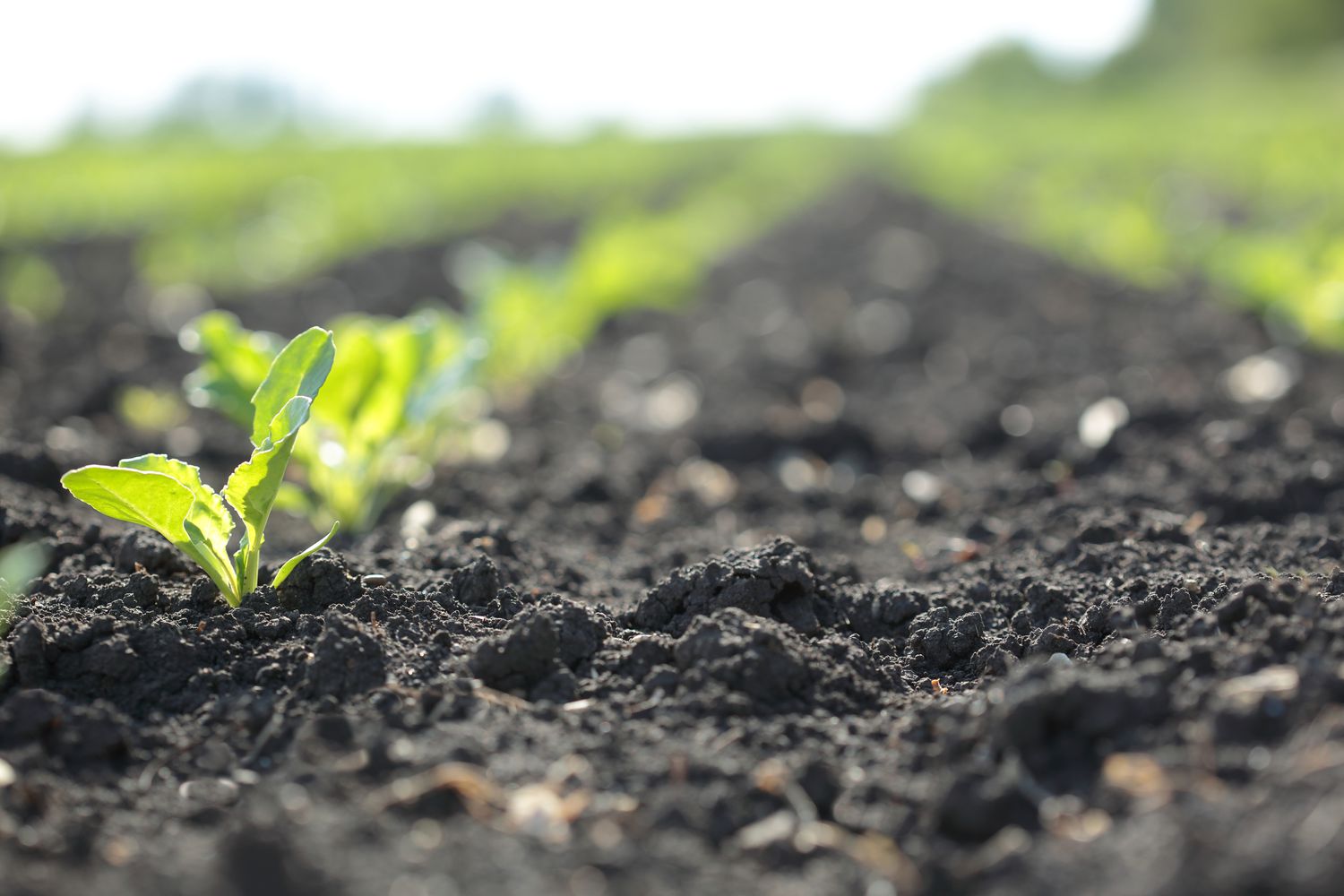
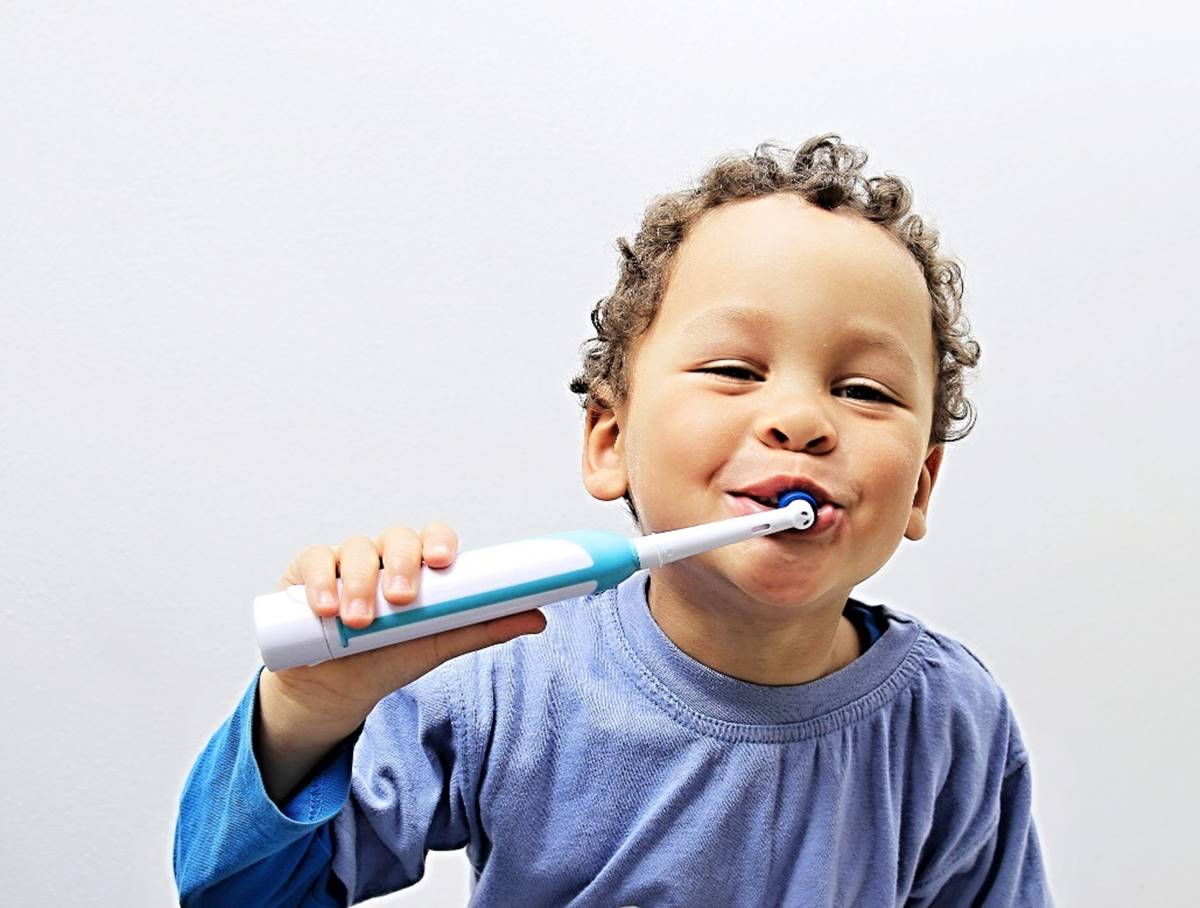
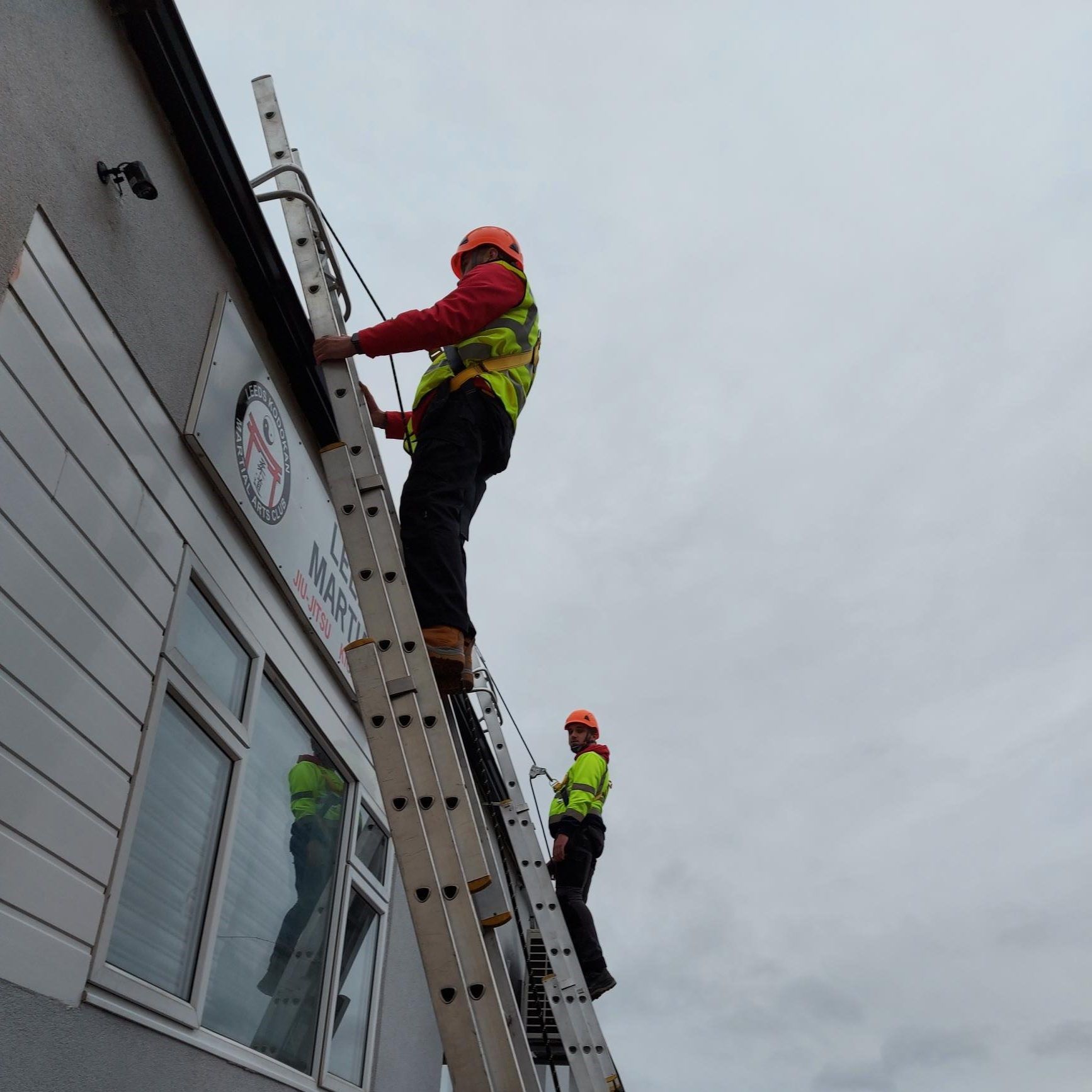
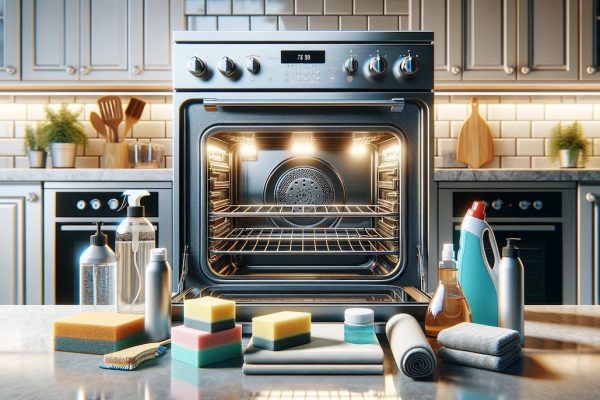

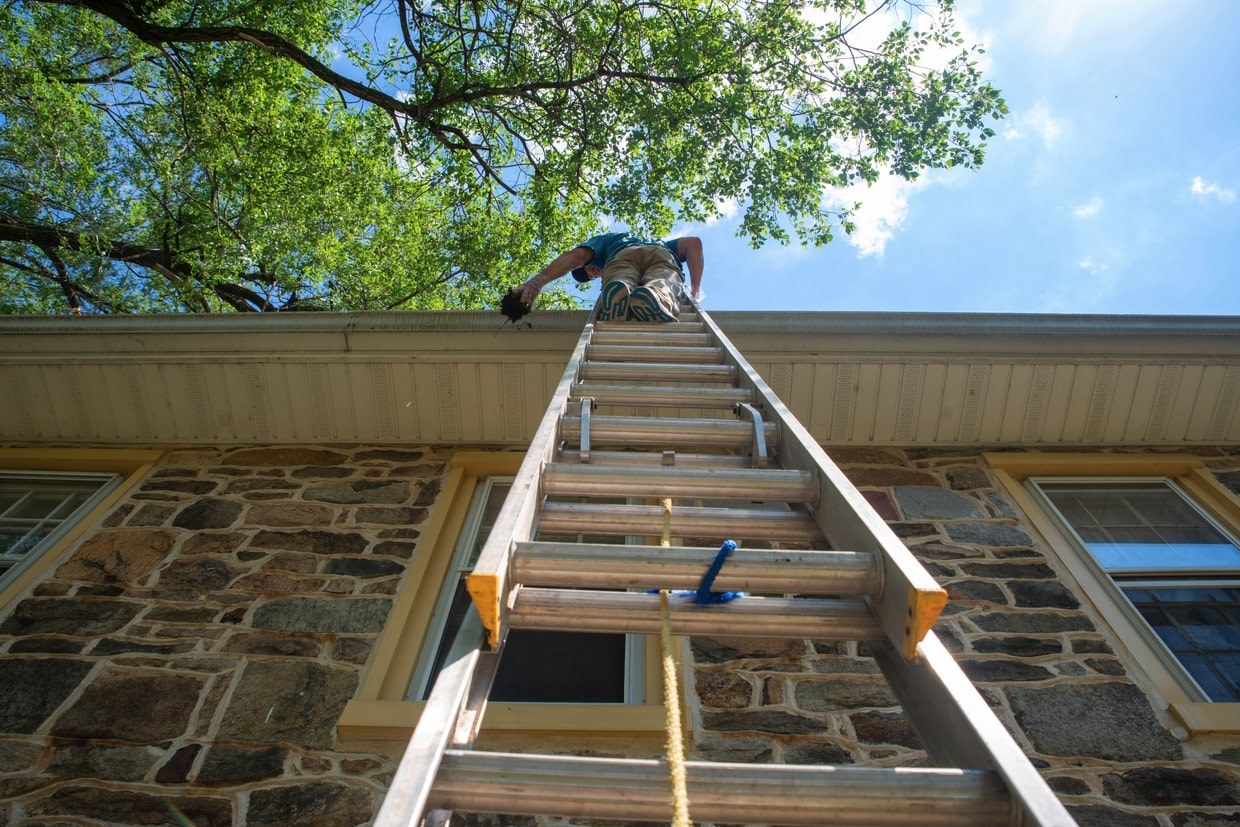
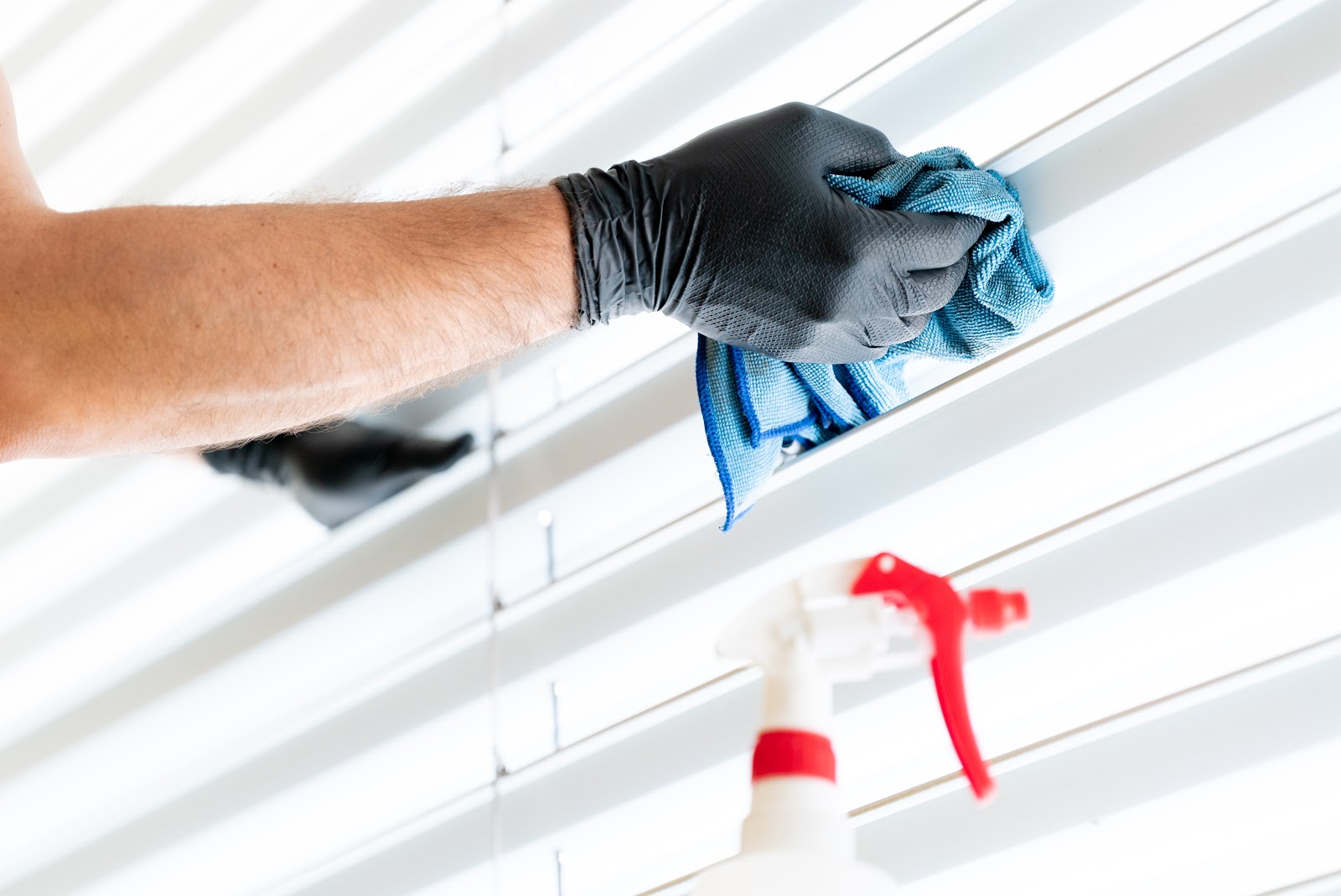




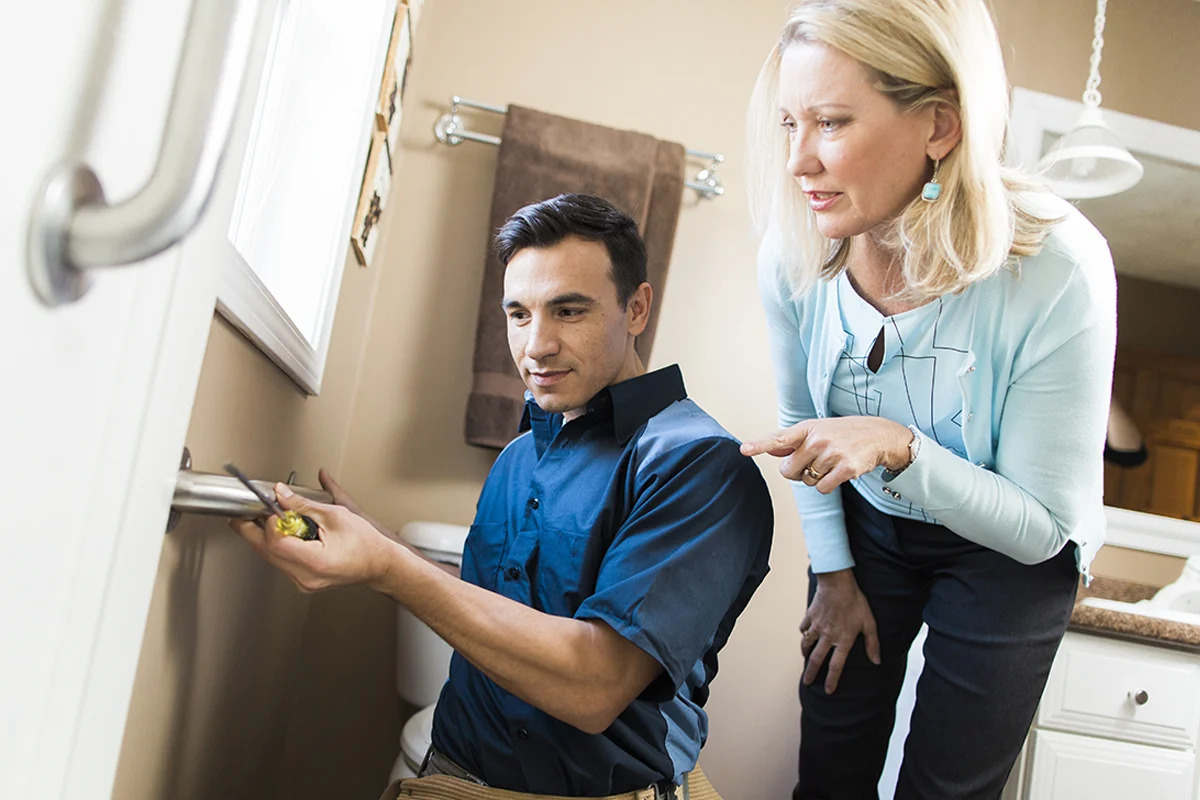

0 thoughts on “Which Injury Prevention Measure For Poisoning Will Help Preserve Home Safety Recommendation”